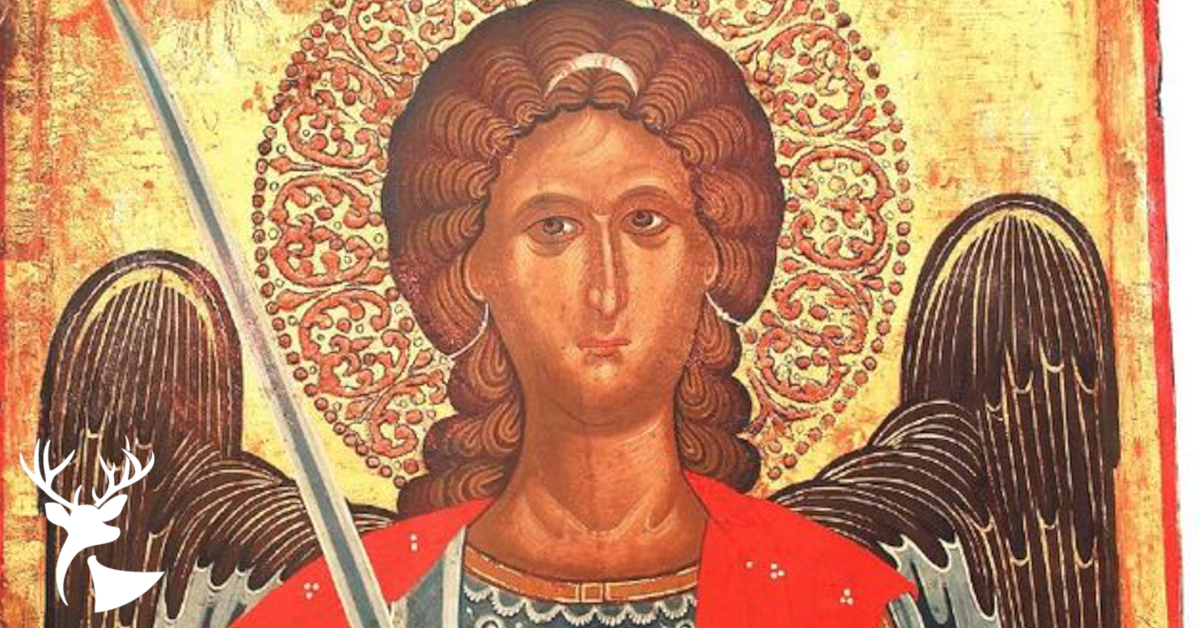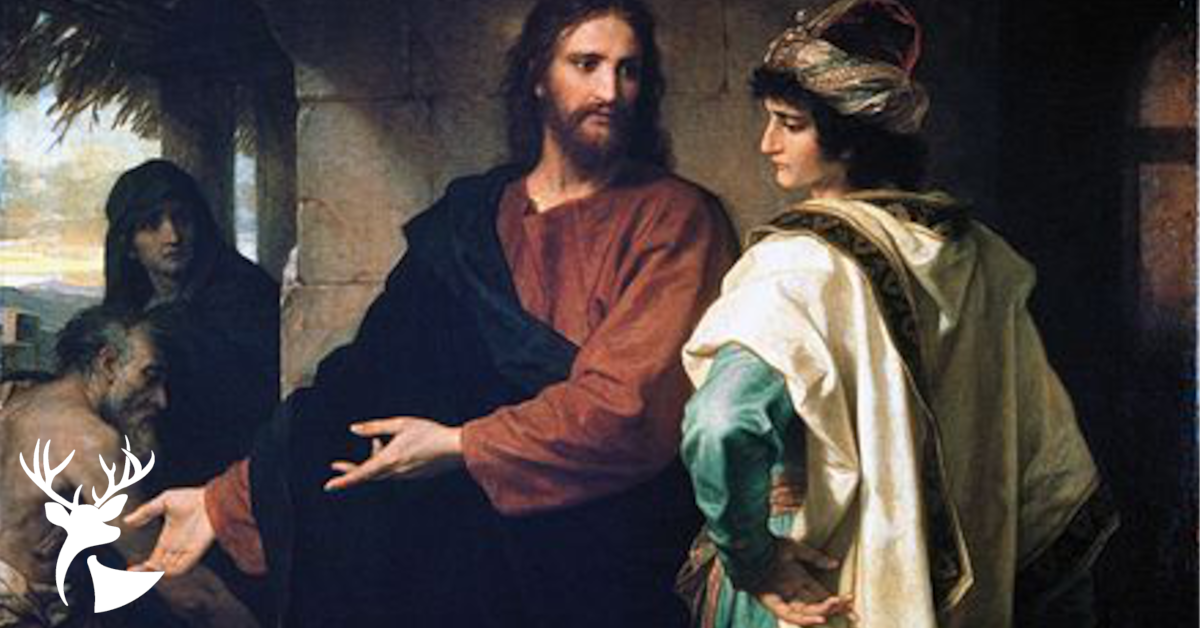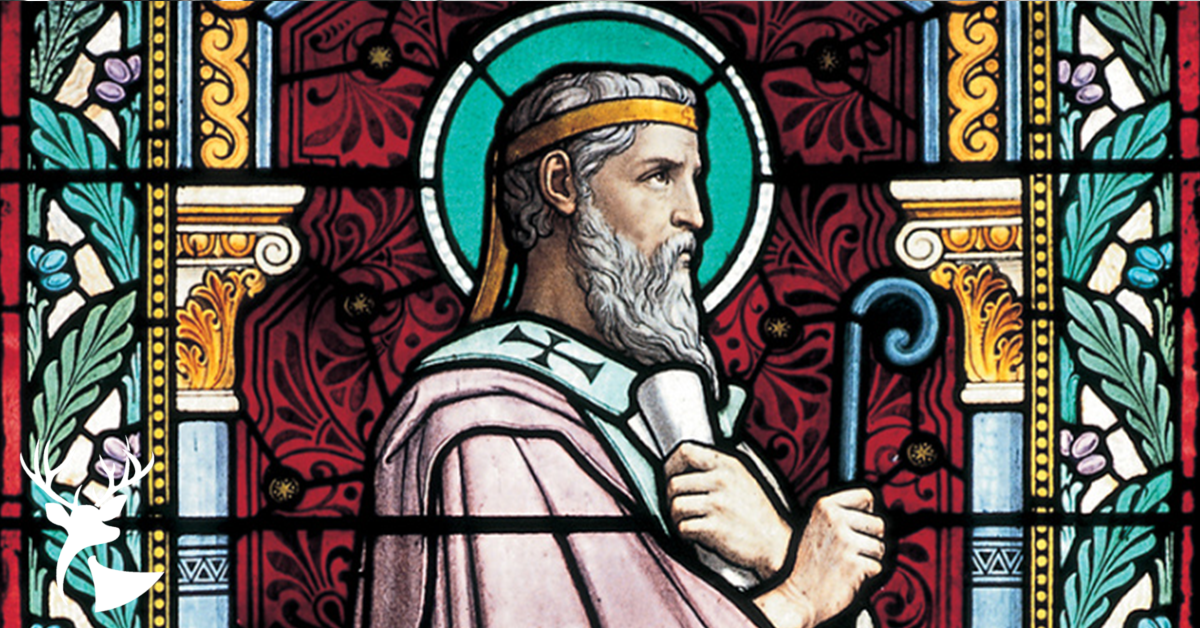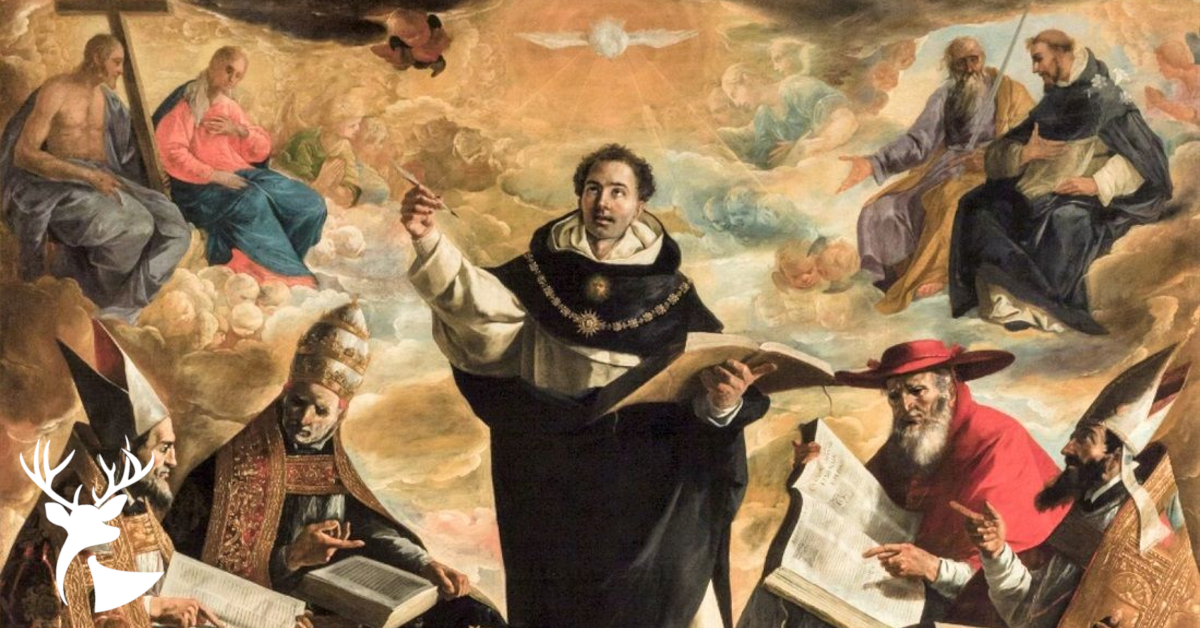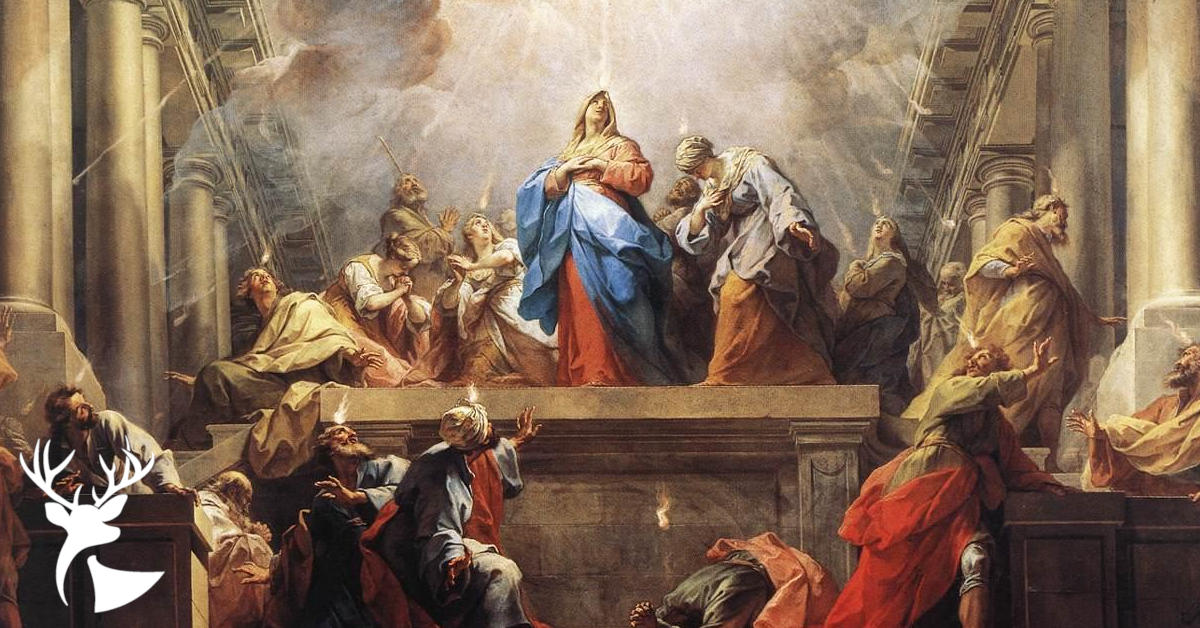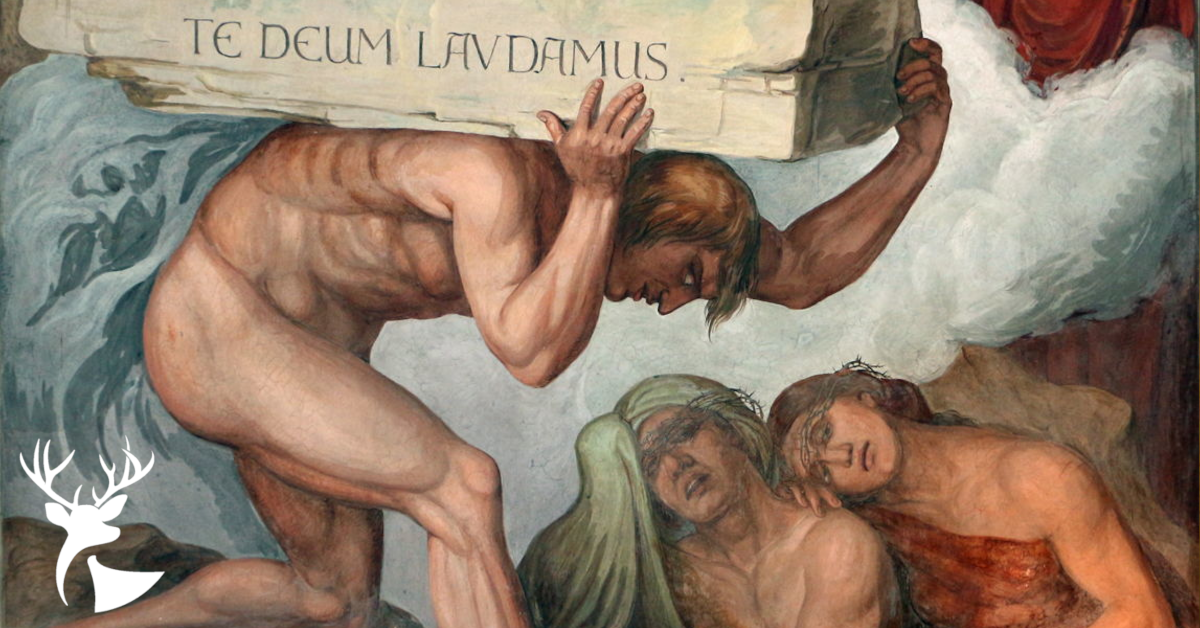
On Dante & Good Shepherd Sunday
By Dcn. Harrison Garlick
April 30, 2021
Given the 24th of April, 2021, the 4th Sunday of Easter, at the Parish of Christ the King in Tulsa, Oklahoma
← Return to HomiliesStay Connected!

On Dante & Good Shepherd Sunday
By Dcn. Harrison Garlick
April 30, 2021
Given the 24th of April, 2021, the 4th Sunday of Easter, at the Parish of Christ the King in Tulsa, Oklahoma
✠ In the name of the Father and of the Son and of the Holy Spirit ✠
On Holy Thursday, in the year 1300, Dante the Pilgrim finds himself lost in the woods. He is afraid and alone. Each time he attempts to escape the darkness, to run toward the light, he is block by a wild beast. Running through the woods, his “heart plunged deep in fear,” he sees a man and cries out for help. The man is Virgil, the ancient Roman poet, who has been sent by the Blessed Virgin Mary out of pity to be Dante’s guide.
Yet, Virgil does not lead Dante to safety, but rather down a “deep and rugged road” to the gates of Hell itself, and then a downward spiraling into the earth through the nine circles of Hell. There, Dante observes the punishments of the damned, and, with marvelous insights into our human nature, dialogues with them about the justice they endure and why their souls sought evil over good. Arriving at the ninth circle, the final pit of the inferno, he finds it a frozen wasteland with Satan trapped in the ice.
There he follows Virgil through the center of the earth, leaving Hell, to stand before a mountain rising out of the sea. Dante hears singing, and looks up to see angels sailing ships across the waters full of souls chanting the psalms. These are the penitent souls on their way to the mountain of Purgatory. The mountain has seven terraces or rings that spiral upward toward heaven, each terrace purging the soul of one of the seven deadly sins.
Coming through the gates of purgatory to the first terrace, Dante finds the side of the mountain path decorated with three great marble carvings. The first depicts the Annunciation in which Our Lady gave her “yes” to God; the second shows King David dancing before the Ark of the Covenant upon its return to Jerusalem; and the third of the Roman Emperor Trajan, a pagan, who stopped his entire imperial caravan to speak and assist a poor widow.
Before these beautiful carvings, Dante sees penitent souls slowly working their way up the mountainside. The souls carry large stones on their back forcing them to bow their heads and face the ground. Dante comes to understand that the first sin to be purged—the first sin that must always be purged—is pride. These souls, face bent toward the ground, now bow in death where they would not bow in life.
As he makes his way up the terrace, Dante notes that not only are there carvings on the side of the mountain but there are also carvings in the ground. Whereas the mountainside reliefs of Mother Mary, King David, and Emperor Trajan show examples of humility, the depictions in the ground show examples of pride. The stones on the backs of the souls force them to bow, facing the ground, and thus, the souls contemplate these carvings as they make their pilgrimage up the mountainside.
The thirteen examples of pride cut into the earth are drawn from both the biblical and classical tradition. The first example set before the souls is that of Satan, falling to earth like lightning, after being cast of heaven for his rebellion against God. The carvings also show the giants of Greek mythology who attempted to overthrow Zeus and Mount Olympus and a carving of King Nimrod, the ancient hero, whose pride led him to build the Tower of Babel. In their pursuit of humility, the penitent also see a carving of the disobedient King Saul who died ingloriously by falling upon his own sword and another carving of the young girl, Arachne, who for her pride in challenging Athena, the goddess of wisdom, was turned into a spider. They also see Holofernes, the general who mocked God, who was later decapitated by the beautiful Israelite woman, Judith, and, among the other examples, the last is of the city of Troy, who in its pride accepted the Trojan horse, now burning in flames.
As the souls contemplate these images of pride, their stones becomes lighter, allowing them to begin to turn their heads and see the examples of humility upon the mountainside. Eventually, as Dante observes, they are able to stand upright, purged of the sin of pride, and the Angel of Humility allows them to move on to the next terrace.
Today is Good Shepherd Sunday. The Church provides us a Gospel reading in which we recall that Our Lord is our Shepherd, and we are his sheep. There is humility in being a sheep. There is no such thing as a prideful sheep. A proud lamb is a ridiculous notion—but no more ridiculous than when man is prideful in the face of God.
Learn from Dante—the first step in following the Lord, the first step in being a sheep of his flock, is humility. Just like Mary listened to the angel and gave her “yes” to God, so too can we listen and know the voice of our Shepherd. Whether it is Satan cast into the earth, King Saul upon his own sword, or Troy burning in flames, pride will always lead to death and destruction. Be a humble sheep. And may we have the wisdom to learn humility in this life before we must learn it in the next.
✠ In the name of the Father and of the Son and of the Holy Spirit ✠
More Reading

Dcn. Harrison Garlick serves as a Great Books Tutor for the Alcuin Institute, and is the Chancellor of the Diocese of Tulsa.


